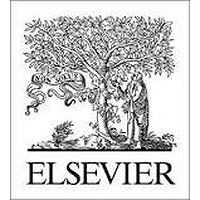Some, but not all studies using the Trier Social Stress Test (TSST) have demonstrated evidence in support of sex differences in salivary cortisol. The aim of the current meta-analysis is to examine sex differences in salivary cortisol following exposure to the TSST. We further explored the effects of modifications to the TSST protocol and procedural variations as potential moderators. We searched articles published from January, 1993 to February, 2016 in MedLine, PsychINFO, and ProQuest Theses and Dissertations. This meta-analysis is based on 34 studies, with a total sample size of 1350 individuals (640 women and 710 men). Using a random effects model, we found significant heterogeneity in salivary cortisol output across sexes, such that men were observed to have higher cortisol values at peak and recovery following the TSST compared to women. Modifications to the sampling trajectory of cortisol (i.e., duration of acclimation, peak sampling time, and duration of recovery) significantly moderated the heterogeneity across both sexes. Further, there are observed sex differences at various time points of the reactive cortisol following the TSST. Lastly, current results suggest that these sex differences can be, at least in part, attributed to variations in methodological considerations across studies. Future research could advance this line of inquiry by using other methods of analyses (e.g., area under the curve; AUC), in order to better understand the effects of methodological variations and their implications for research design.

Sex differences in salivary cortisol reactivity to the Trier Social Stress Test (TSST): A meta-analysis
Review badges
0 pre-pub reviews
0 post-pub reviews